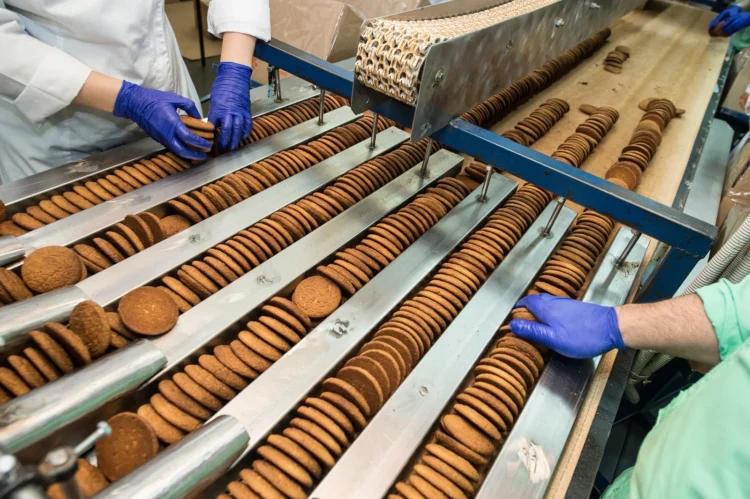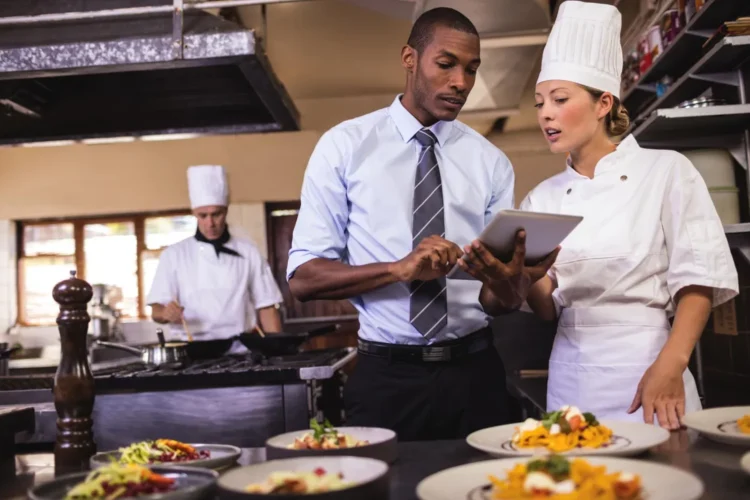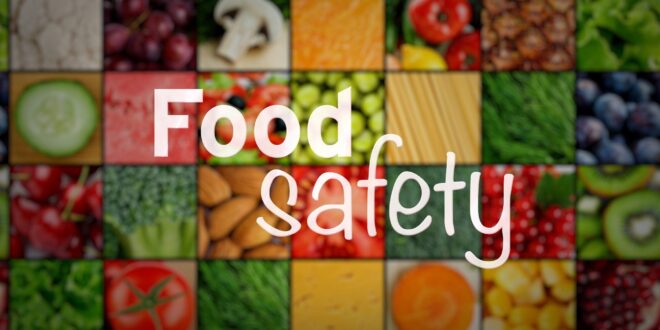In today’s increasingly interconnected global food industry, the imperative to ensure the safety and quality of the food we partake in has reached unprecedented heights. The task of upholding the integrity of the food supply chain has transformed into an indispensable obligation. Within this context, the concept of food assurance has risen as a paramount instrument, wielding substantial influence in the realm of guaranteeing consumer safety and satisfaction.
Within the confines of this blog, we embark on a journey to delve into the very bedrock of food assurance. We shall navigate through its foundational principles, strategic approaches, cutting-edge innovations, and the collaborative endeavors that collectively form the robust framework underpinning this vital facet of our modern food landscape.
The Foundation of Food Assurance

Food assurance is the holistic approach taken to ensure that the food we consume is safe, of high quality, and free from contamination. It encompasses a range of practices that span from farm to fork, all with the ultimate goal of safeguarding consumer health and building trust within the food industry. This concept is tightly interlinked with the idea of consumer safety, as it directly addresses the potential risks associated with food consumption. Companies like AsureQuality based in New Zealand are prime example of food assurance service providers.
Ensuring Food Quality and Safety:
Unsafe food consumption poses significant risks to human health and can lead to widespread public health crises. Contamination and spoilage are among the most prevalent hazards that compromise food safety. Contamination can arise from various sources such as bacteria, viruses, chemicals, and physical agents, while spoilage can result from improper handling, storage, and transportation. Preventing these risks demands rigorous measures that encompass production, processing, distribution, and consumption.
Strategies for Robust Food Safety
Regulatory Framework and Standards:
Government regulations and industry standards play a pivotal role in maintaining food safety. These guidelines establish a baseline for good practices across the food supply chain. Internationally recognized bodies like the Food and Agriculture Organization (FAO) and the World Health Organization (WHO) set global standards, while regional authorities and agencies provide localized oversight. Compliance with these standards is non-negotiable to ensure consistent and safe food production.
Hazard Analysis and Critical Control Points (HACCP):
The HACCP system is a fundamental methodology used by the food industry to identify, assess, and manage potential hazards in the production process. It entails a systematic approach to pinpoint critical control points where hazards can be eliminated, reduced, or prevented. This proactive approach has been proven effective in safeguarding food safety. Notably, the reduction in salmonella outbreaks in poultry is attributed to the implementation of HACCP protocols.
Supply Chain Management:
Modern food supply chains are intricate networks that traverse vast distances and involve numerous stakeholders. Ensuring food safety in such complex systems requires transparency, traceability, and accountability at every stage. Technologies like blockchain are revolutionizing supply chain management by providing a secure and immutable ledger of transactions. This enhances traceability, making it easier to pinpoint the origin of contamination and streamline recalls if necessary.
Innovations in Food Assurance

Advanced Testing Techniques:
Cutting-edge technologies have significantly augmented our ability to detect contaminants and ensure product authenticity. DNA testing, spectroscopy, and rapid pathogen detection enable rapid and accurate identification of potential risks. These innovations empower food producers and regulators to respond swiftly to threats and maintain the integrity of the food supply.
Emerging Food Safety Concerns:
As our understanding of food safety evolves, new challenges emerge. Allergen control, food fraud, and emerging pathogens are areas of growing concern. Allergen control is crucial to protect individuals with allergies from potentially life-threatening reactions. Food fraud involves intentional deception, such as mislabeling products. Emerging pathogens, like the E. coli outbreak linked to romaine lettuce, require adaptive strategies to mitigate risks effectively.
Consumer Education and Awareness:
Empowering consumers with knowledge is a cornerstone of food assurance. Educated consumers are better equipped to make informed choices and recognize potential risks. Simple practices like washing hands before cooking, storing food at proper temperatures, and reading labels for allergen information can significantly contribute to reducing foodborne illnesses.
Collaborative Future of Food Safety

Globalization and Trade Impacts:
International trade has reshaped the food industry by connecting producers and consumers across the globe. However, it also necessitates alignment on food safety standards to prevent disparities that could endanger consumer health. Efforts are underway to harmonize these standards and ensure that food safety remains a priority on a global scale.
Industry Collaboration and Accountability:
Food assurance is a collective effort that requires collaboration among producers, suppliers, regulators, and consumers. Industry initiatives, certifications, and partnerships are instrumental in driving continuous improvement. Certifications like ISO 22000 demonstrate a commitment to food safety, while partnerships foster knowledge exchange and best practice sharing.
Recalls and Crisis Management:
In the unfortunate event of a food safety crisis, quick and decisive action is imperative. Product recalls and effective communication strategies are vital to minimize harm. Notable cases like the recall of contaminated peanut butter illustrate the importance of transparent communication, timely action, and public awareness in crisis management.
Future Trends in Food Assurance:
The landscape of food assurance is ever-evolving, with technology leading the way. Trends like blockchain-enabled traceability enhance transparency and accountability, allowing consumers to trace the journey of their food from source to plate. AI-driven quality control further strengthens the identification of contaminants, ensuring higher levels of food safety.
In summary, it is evident that the assurance of food safety serves as a pivotal and indispensable component within the elaborate framework of ensuring consumer well-being. Through a comprehensive grasp of its fundamental tenets, the incorporation of pioneering methodologies, and the cultivation of harmonious partnerships spanning the entirety of the industry, we are actively forging a pathway toward a food supply chain that is not only fortified but fortified with increased security. As stakeholders encompassing consumers, producers, and regulatory bodies unite in a concerted effort, we are empowered to effectively traverse the ever-changing landscape of challenges that arise and ardently welcome an era where the preeminence of food safety remains unparalleled.
 Hi Boox Popular Magazine 2024
Hi Boox Popular Magazine 2024



